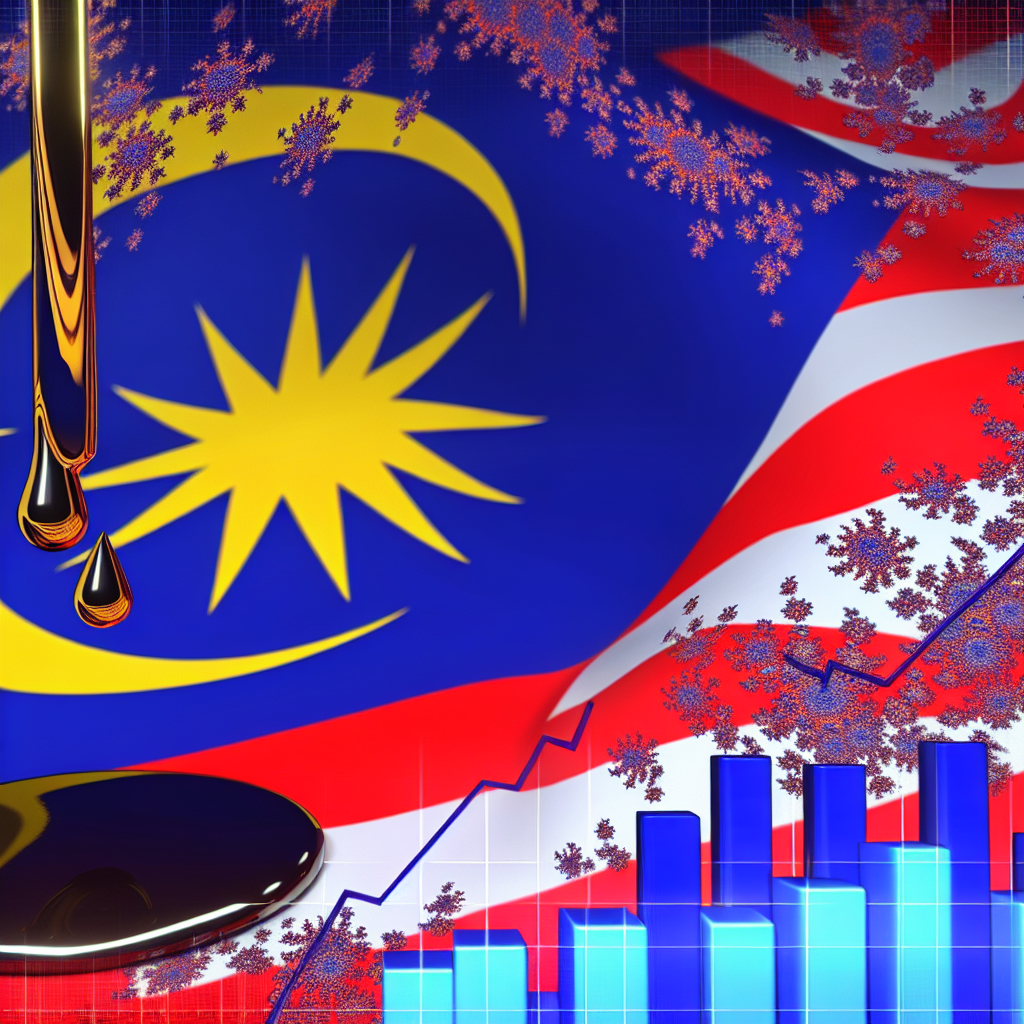Malaysia’s Economy: Oil Prices Fall, Tariffs Rise
Malaysia’s economy, traditionally buoyed by its rich natural resources and strategic trade position, is currently navigating a complex landscape shaped by fluctuating oil prices and increasing tariffs. These two critical factors are influencing the country’s economic trajectory, impacting everything from government revenues to consumer prices and trade dynamics. This article explores the implications of falling oil prices and rising tariffs on Malaysia’s economy, supported by relevant data, case studies, and expert insights.
The Impact of Falling Oil Prices on Malaysia’s Economy
Malaysia is a significant player in the global oil and gas market, with petroleum products accounting for a substantial portion of its export revenues. The country is a member of the Organization of the Petroleum Exporting Countries (OPEC) and has historically benefited from high oil prices. However, recent global trends have seen a sharp decline in oil prices, driven by oversupply, geopolitical tensions, and shifts in energy consumption patterns.
According to the Malaysian Ministry of Finance, oil and gas revenues contribute approximately 20% to the national budget. When oil prices fall, the government faces a direct hit to its fiscal health, leading to budget deficits and reduced public spending. For example, during the 2020 oil price crash, Malaysia’s government revenue from oil and gas dropped by nearly 30%, forcing the government to revise its budget and cut back on infrastructure projects.
Moreover, the oil sector’s contraction has ripple effects on employment and investment. Petronas, Malaysia’s state-owned oil and gas giant, announced a reduction in capital expenditure by 15% in 2023, reflecting cautious investment amid uncertain oil prices. This slowdown affects related industries such as manufacturing, services, and logistics, which rely heavily on the oil sector.
Rising Tariffs: A Double-Edged Sword
In response to global trade tensions and protectionist policies, Malaysia has seen an increase in tariffs both on imports and exports. The government has implemented higher tariffs on certain imported goods to protect domestic industries, while some of Malaysia’s trading partners have reciprocated with their own tariffs on Malaysian exports.
Key sectors affected by rising tariffs include electronics, palm oil, and automotive parts. For instance, the United States imposed tariffs on Malaysian palm oil products in 2023, citing concerns over environmental practices. This move led to a 12% decline in palm oil exports to the US, Malaysia’s third-largest market for this commodity.
On the domestic front, increased tariffs on imported raw materials have raised production costs for manufacturers. The Federation of Malaysian Manufacturers (FMM) reported that tariffs on steel and electronic components increased by 8% and 5%, respectively, in early 2024. These cost pressures have been partially passed on to consumers, contributing to inflationary trends.
- Trade Diversification Efforts: To mitigate tariff impacts, Malaysia is actively pursuing trade diversification through agreements such as the Regional Comprehensive Economic Partnership (RCEP) and the Comprehensive and Progressive Agreement for Trans-Pacific Partnership (CPTPP).
- Support for SMEs: The government has introduced subsidies and tax incentives to help small and medium enterprises (SMEs) cope with rising input costs due to tariffs.
- Focus on Value-Added Exports: Malaysia is shifting towards higher value-added manufacturing and services to reduce reliance on tariff-sensitive commodities.
Case Study: The Electronics Sector Amidst Tariff Challenges
Malaysia’s electronics sector, a cornerstone of its manufacturing industry, has been particularly vulnerable to tariff fluctuations. In 2023, tariffs on imported semiconductors and components increased by 7%, leading to supply chain disruptions and higher production costs. Companies like Intel Malaysia and Infineon Technologies reported delays and cost overruns, prompting them to explore alternative sourcing strategies.
Despite these challenges, the sector remains resilient due to Malaysia’s skilled workforce and established infrastructure. The government’s investment in digital economy initiatives and Industry 4.0 technologies aims to enhance productivity and offset tariff-related disadvantages.
Looking Ahead: Navigating Uncertainty with Strategic Adaptation
Malaysia’s economic outlook amid falling oil prices and rising tariffs is mixed but manageable with strategic policy responses. The government’s emphasis on economic diversification, digital transformation, and regional trade integration provides a roadmap for resilience.
Key strategies include:
- Enhancing renewable energy investments to reduce dependence on oil revenues.
- Strengthening trade partnerships beyond traditional markets to circumvent tariff barriers.
- Promoting innovation and upskilling to maintain competitiveness in high-tech industries.
Conclusion
Malaysia’s economy is at a critical juncture, grappling with the dual challenges of falling oil prices and rising tariffs. While these factors pose significant risks to fiscal stability, trade competitiveness, and industrial growth, Malaysia’s proactive policy measures and strategic diversification efforts offer hope for sustained economic resilience. By leveraging its strengths in manufacturing, digital innovation, and regional trade, Malaysia can navigate these headwinds and continue its path toward inclusive and sustainable growth.





